Behind Closed Doors: 10 Secrets of FBI Supremo J. Edgar
J. Edgar Hoover shaped the FBI into a professional law enforcement agency using modern investigative techniques and scientific analysis. He also led the crackdown on organized crime (reluctantly, it seems, at first) - even starting a garbage collection company in the Bronx to catch Mafia figures trying to shake it down.
Hoover also built a vast intelligence-gathering network yet his secretive and sometimes invasive surveillance programs raised questions about privacy rights and the extent of government power.
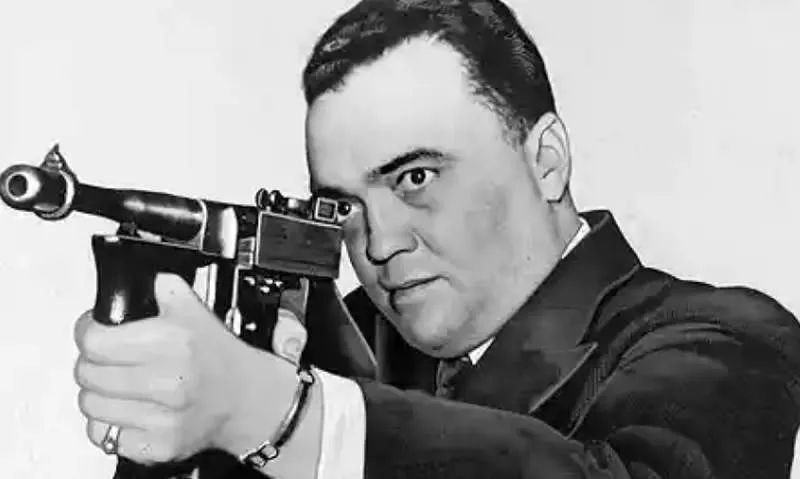
But who was J. Edgar Hoover? Here are 10 secrets you may not know about the controversial FBI director who led the Bureau from 1924 until he died in his sleep in 1972 at the age of 77 - taking many of his secrets to the grave.

1. Black ops
Hoover wasn’t afraid of illegal black bag operations but the director was canny enough to ensure he had deniability. The FBI arranged break-ins at foreign embassies in the US to steal code books and install bugging devices but black ops were sensitive so no one asked Hoover for permission in advance. Instead, Hoover received a memo after a successful break-in requesting permission, Ronald Kessler writes in The Secrets of the FBI. The memo would include the words "Security Guaranteed" at the end so supervisors knew they could sign off and forward the memo to Hoover, confident the break-in had already occurred.
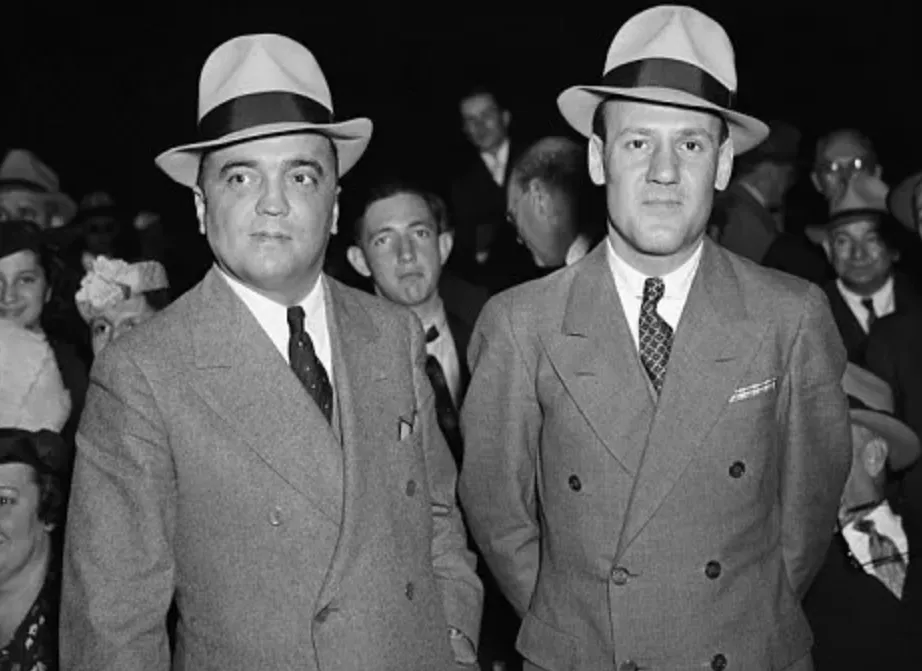
2. Hoover stockpiled sensitive files and VIP secrets
Hoover, a bachelor, left his entire estate to FBI assistant director Clyde Tolson (right), who some believed to be Hoover’s lover. On his death, Hoover’s private files included 17,000 pages locked in his office. Although many were destroyed, files that survived included kompromat on politicians and background checks on VIPs like Richard Nixon who’d once applied for an FBI job. Hoover supporters say the files were kept aside to protect them from prying clerks but top-secret intel on pending espionage cases were kept in the central FBI files, so why the discrepancy? "Reading the 'Official and Confidential' files that survived makes it clear they could have been gathered for no other purpose than blackmail," Kessler said.
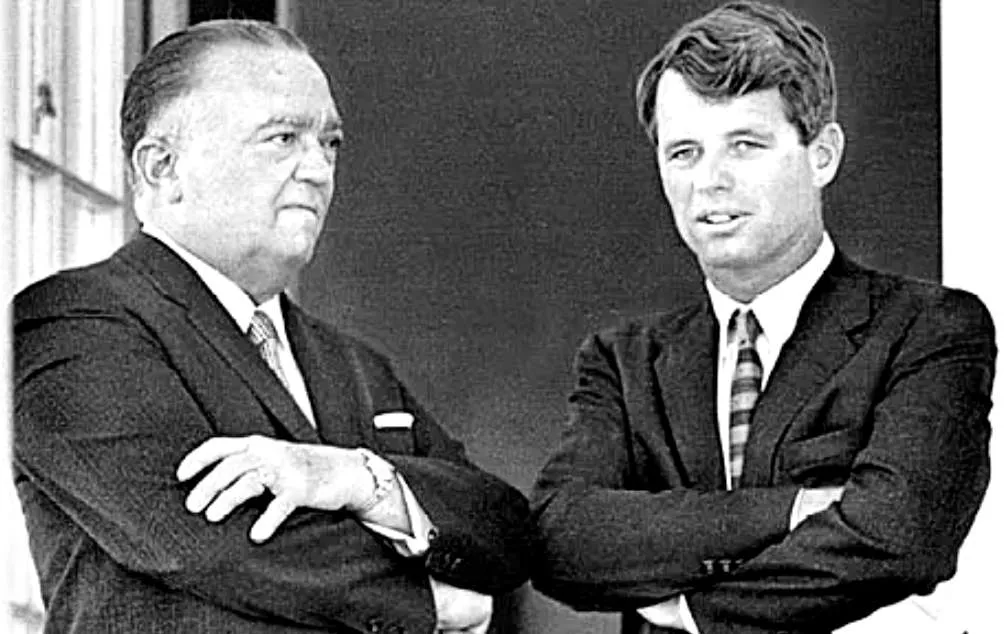
3. Hoover and the Kennedy brothers waged private wars
The Bureau reportedly bugged President John F. Kennedy to record his romances, ensuring Hoover’s FBI job was secure. Hoover’s relationship with Attorney General Bobby Kennedy - his direct boss - was equally tense. Hoover didn’t appreciate Bobby’s casual style, or as G. Gordon Liddy put it in his autobiography: “Bobby Kennedy and Hoover hated each other.” Their private war played out on the fifth floor of the Justice Department HQ where the rivals worked. One day, Hoover arrived to find Bobby had installed a buzzer in Hoover’s office so he could summon the FBI director. “Rip it out!” Hoover ordered. Bobby then had a Justice secretary walk his hairy Newfoundland dog, Brumus, in the hall outside of Hoover’s office. The FBI director responded by barring Kennedy from using the FBI gym. On and on it went, with Liddy noting: “No one f***s with J. Edgar.”
"The brand new social experience where you activate your gaming skills as you train like a spy."
- TimeOut
Take on thrilling, high-energy espionage challenges across different game zones.

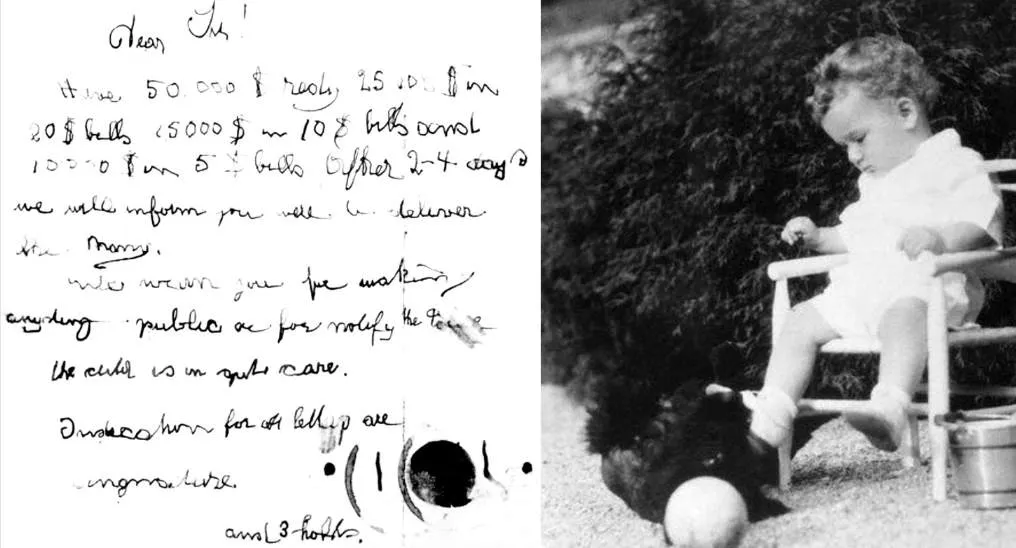
4. The Lindbergh baby kidnapping (1932)
Hoover is widely credited with turning the FBI into a modern crime-fighting agency with a centralized fingerprint file and forensic laboratories. The improvements burnished the Bureau's reputation after the 1932 kidnapping/murder of 20-month-old Charles Lindbergh Jr, son of the famous aviator. The boy was found in a shallow grave not far from Lindbergh's New Jersey estate and local police were accused of bungling. President Herbert Hoover ordered the FBI to act as a clearinghouse for intelligence and its new crime laboratory played a pivotal role in the arrest of kidnapper Bruno Hauptmann. Hauptmann’s conviction turned on the comparison of his handwriting to the ransom note - an analysis made possible by the Bureau’s renowned Laboratory.
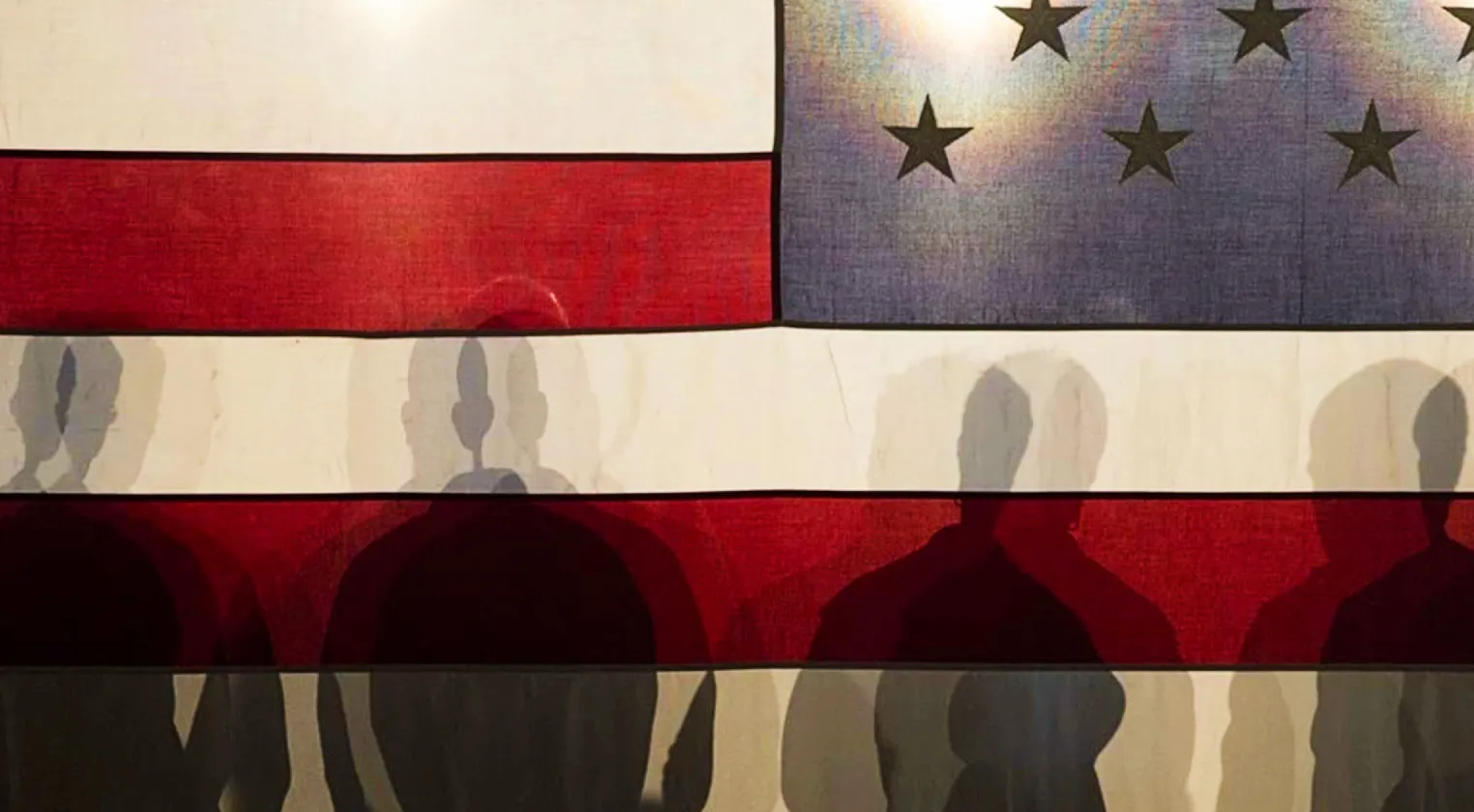
5. World War II (1939-1945)
As WWII approached, the FBI shifted to counterintelligence and arresting spies. The Bureau was already profiling the Communist Party, the German-American Bund, and many others. Hoover assured Americans that civil liberties abuses like the Palmer Raids and German internment were firmly in the past. At the same time, he was creating a custodial detention security index - a card file of likely candidates to detain. “He apparently saw no contradiction between these initiatives and his promise to protect constitutional guarantees,” Beverly Gage writes in her Pulitzer Prize-winning G-Man.

6. Did J. Edgar withhold Pearl Harbor intelligence?
Dusko Popov - a Serbian/German/British triple agent - gave the FBI intelligence four months before Japan attacked Pearl Harbor in 1941 yet it appears Hoover didn't tell anyone. Into the Lion’s Mouth author Larry Loftis cites a 12-page letter written on August 19, 1941. In it, FBI Assistant Director Earl Connelley tells Hoover that he met Popov and British Security Coordination liaison Dick Ellis in New York. Popov revealed that the Germans wanted him to investigate Pearl Harbor’s defenses and Popov handed over a translated German questionnaire outlining the specifics. "Hoover told no one," Loftis writes, "not FDR, not Admiral Kimmel, not naval intelligence. The director kept the information classified his entire life.”
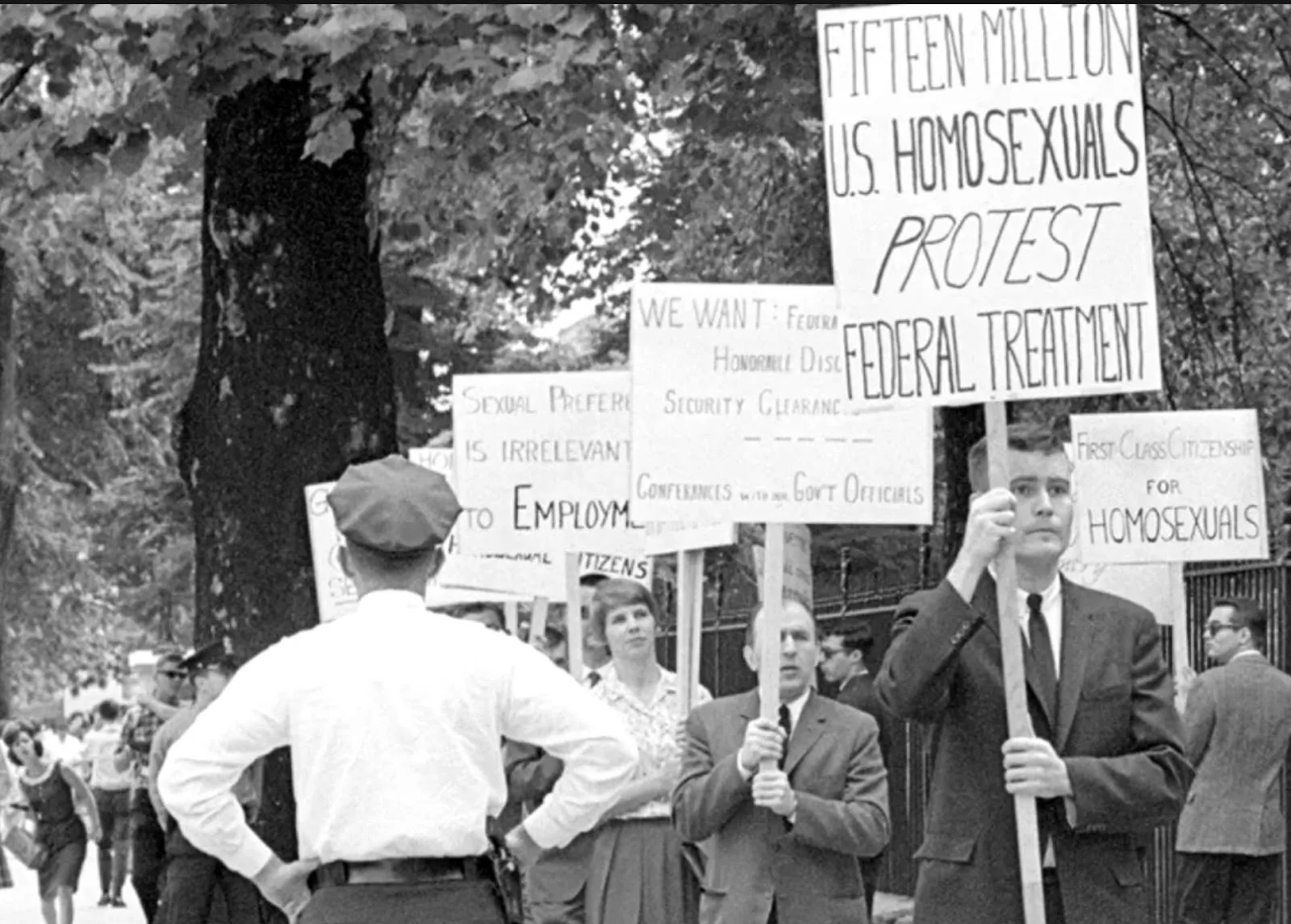
7. The Red Scare and Lavender Scare
More questions arose about Hoover’s leadership with the FBI’s anti-communist Red Scare and investigation of the Hollywood Ten. In parallel, the FBI director established a program to monitor ‘sexual deviates’, which led to the US government firing thousands of workers accused of homosexuality. The program gave Hoover access to a caldron of intelligence detailing the sexual proclivities of federal clerks right up to presidential candidates. Hoover rarely discussed homosexuality in public - possibly as it revived rumors about Hoover’s own sexual identity. Was Hoover a homosexual? While author Anthony Summers paints Hoover as a cross-dressing gay, Hoover’s FBI colleague Cartha D. DeLoach dismisses the innuendo as ‘absurd’.
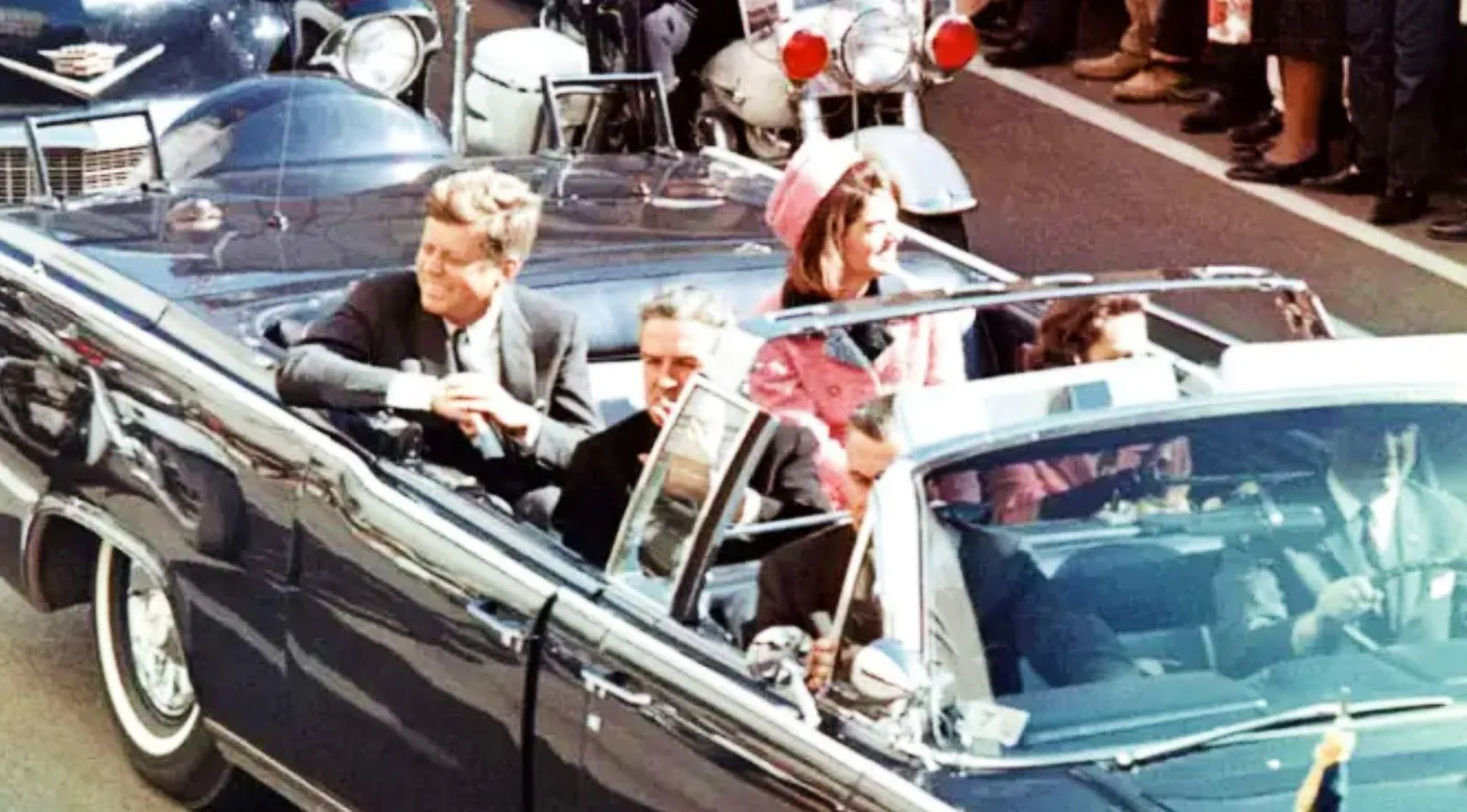
8. The assassination of John F. Kennedy (1963)
JFK’s 1963 assassination was a watershed moment. The original Bureau probe and Warren Commission determined there was only one gunman, leading to conspiracy theories and a growing sense of unease with the government. Hoover felt his power slipping away. “Hoover’s one great comfort came from the White House, where [L.B.] Johnson continued to act as if the FBI could do no wrong,” Gage writes in G-Man. LBJ exempted Hoover from mandatory retirement months short of his 70th birthday. Critics noted that both men gained from JFK’s death and that LBJ was Hoover's co-conspirator in the FBI's ‘war’ on civil rights and Martin Luther King.


9. Martin Luther King’s assassination and COINTELPRO (1956-1971)
The FBI investigated civil rights activists including Rev. Martin Luther King Jr, arguing that King was advised by Communist Party members. Hoover approved the Bureau’s plans - including bugging King’s hotel rooms and tapping his phones - and also kept his own personal and confidential file on King. Was it an obsessive quest to destroy King’s influence? Historian David J. Garrow argues ‘yes’ in The FBI and Martin Luther King. The definitive answer may finally be revealed in 2027 when FBI tapes of King - held under embargo - are finally released. King was shot dead in 1968 while standing on a balcony outside his second-floor motel room.
The FBI used similar surveillance tactics with anti-Vietnam War organizers and Black power movements like the Black Panther Party, which civil liberties groups argue were illegal and unconstitutional. Hoover’s FBI colleague Cartha D. DeLoach, however, notes that the COINTELPRO program (which stands for Counterintelligence Program) was not run by Hoover but overseen by William C. Sullivan, former FBI intelligence head, who “seriously abused the power of the Bureau - and then blamed the director for his excesses”.
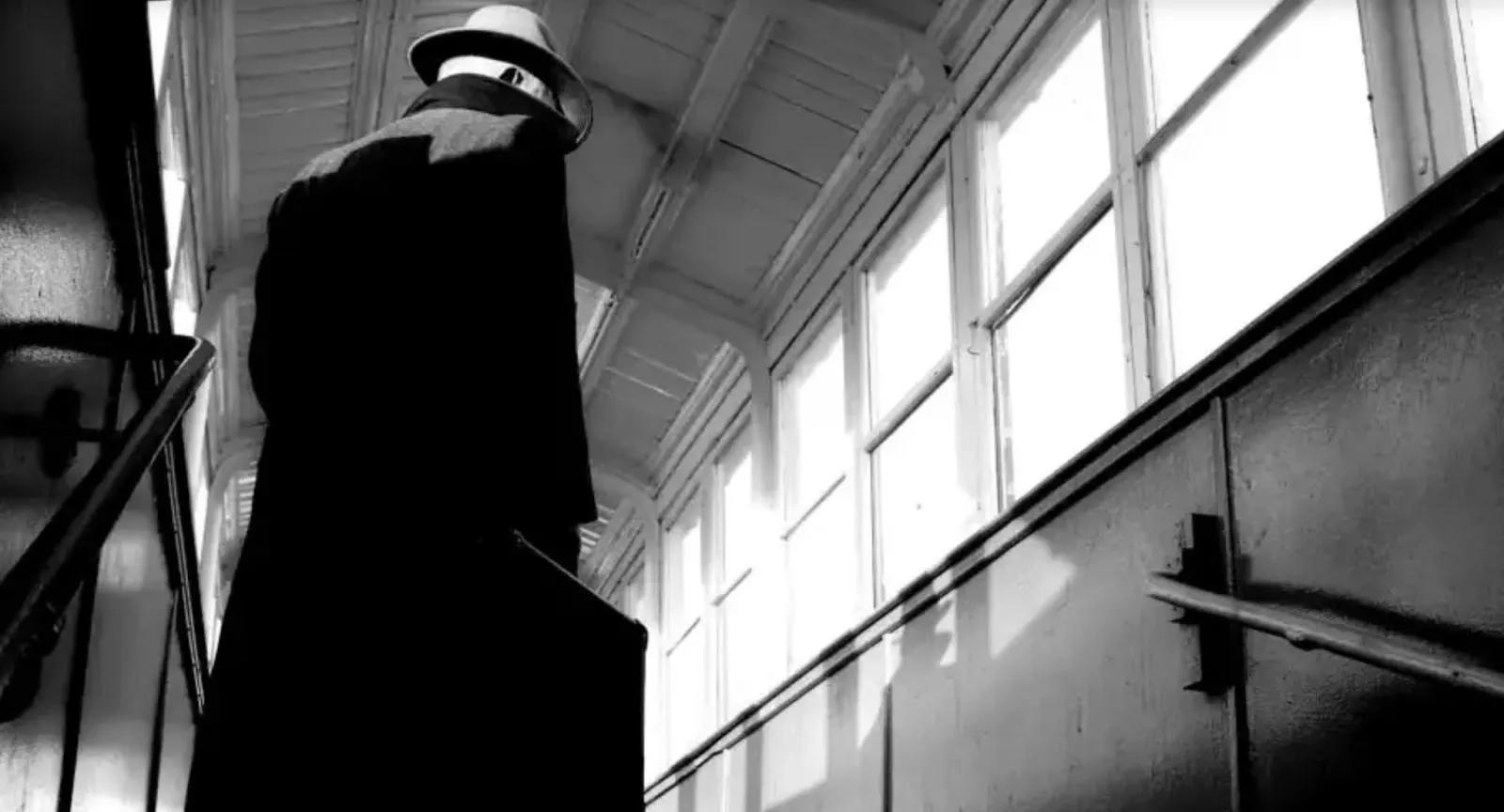
10. Operation Solo
There were also big wins in the latter decades of Hoover’s career including Operation Solo. The FBI program involved Morris H. Childs, a Ukrainian-American political activist and Soviet espionage agent who later became a double agent for the FBI. Solo was one of the FBI's most jealously guarded secrets until his work was finally recognized in 1987 when President Ronald Reagan awarded Childs (together with his brother Jack) the Presidential Medal of Freedom.
As for Hoover's legacy, it remains a subject of debate, with his contributions to law enforcement balanced against the concerns over the potential for unchecked government power.
SPYSCAPE+

Join now to get True Spies episodes early and ad-free every week, plus subscriber-only Debriefs and Q&As to bring you closer to your favorite spies and stories from the show. You’ll also get our exclusive series The Razumov Files and The Great James Bond Car Robbery!


Gadgets & Gifts
Explore a world of secrets together. Navigate through interactive exhibits and missions to discover your spy roles.
Your Spy Skills
We all have valuable spy skills - your mission is to discover yours. See if you have what it takes to be a secret agent, with our authentic spy skills evaluation* developed by a former Head of Training at British Intelligence. It's FREE so share & compare with friends now!
* Find more information about the scientific methods behind the evaluation here.


Stay Connected
Follow us for the latest
TIKTOK
INSTAGRAM
X
FACEBOOK
YOUTUBE